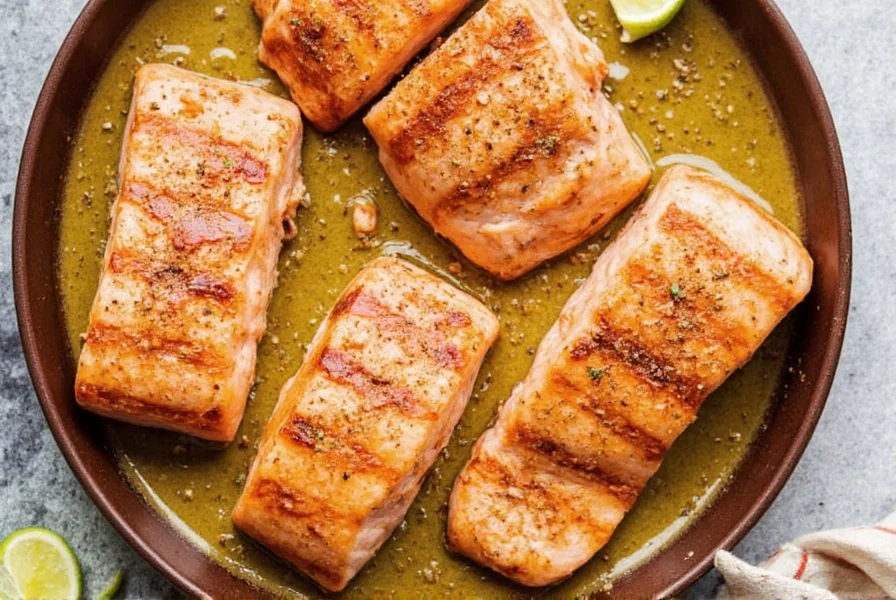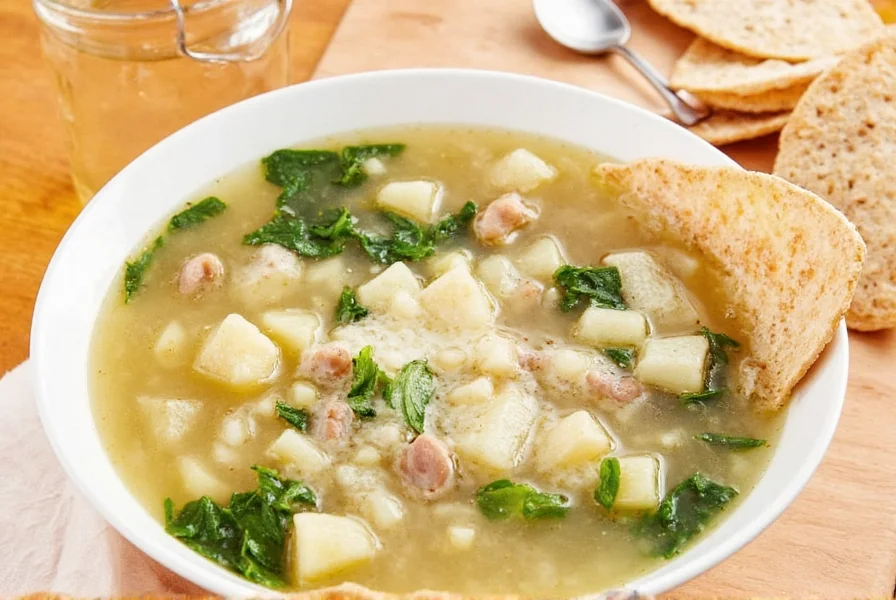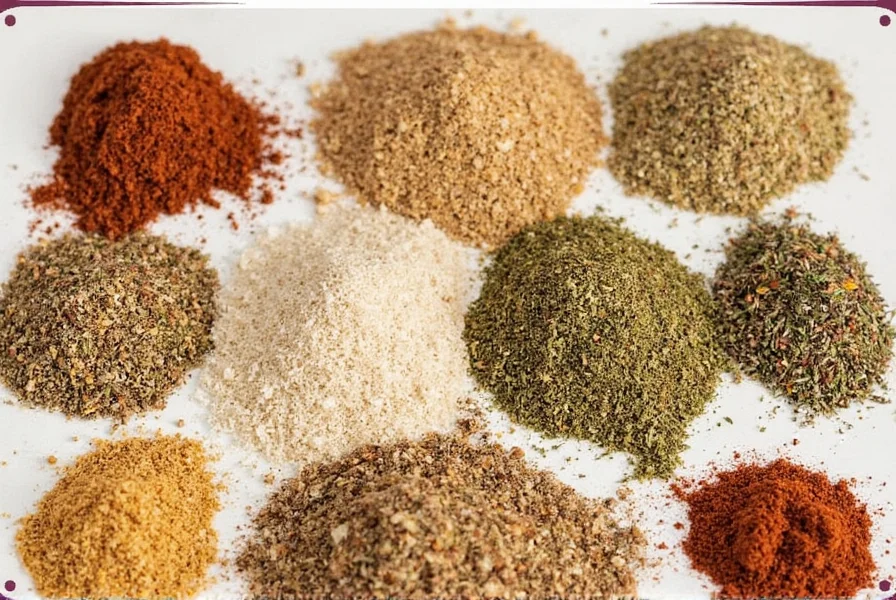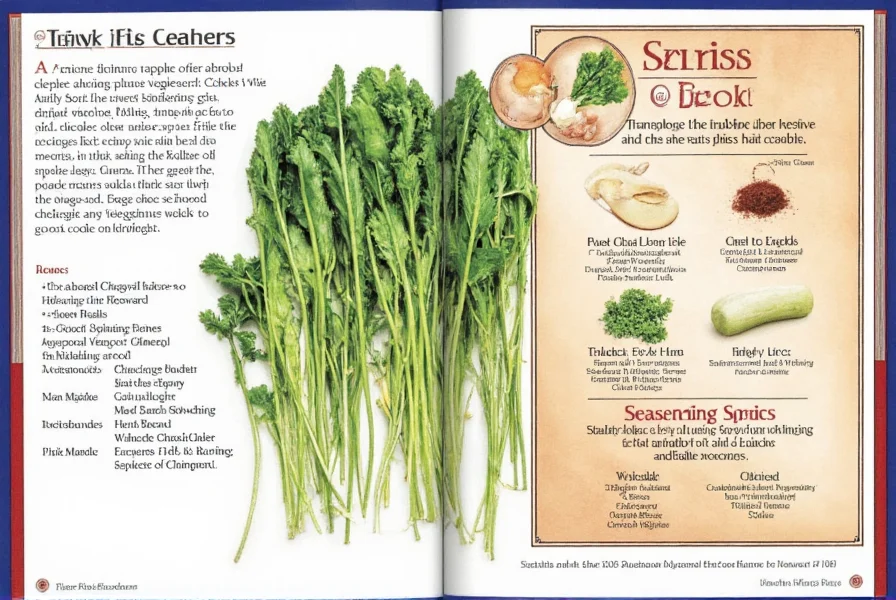Table of Contents
Introduction to Soup Seasoning
Perfectly seasoned soup starts with understanding how to balance flavors at each cooking stage. This guide provides actionable steps to master soup seasoning, based on professional culinary techniques. Learn how to adjust salt, herbs, and umami boosters for maximum flavor without overcomplicating the process.

Step-by-Step Soup Seasoning Guide
Follow these sequential steps to season soup like a pro:
- Start with aromatics: Sauté onions, garlic, or celery in oil at the beginning to build a flavor foundation. This step releases essential oils and prevents bitterness.
- Add base seasonings: Introduce salt and pepper early, but use sparingly (start with 1/4 teaspoon per quart of broth). Taste after 5 minutes of simmering before adding more.
- Incorporate dried herbs: Add dried thyme, bay leaves, or oregano 20-30 minutes before serving. Dried herbs need time to rehydrate and release flavor.
- Boost umami: Stir in 1-2 teaspoons of soy sauce, miso paste, or tomato paste for savory depth. This reduces the need for extra salt.
- Finish with fresh elements: Add fresh herbs (parsley, cilantro), lemon juice, or vinegar in the last 2 minutes to brighten flavors without cooking away delicate notes.
Essential Seasonings by Soup Type
Not all seasonings work equally for every soup. Match ingredients to your soup type for optimal results:
| Seasoning | Best For | Usage Tip | Quantity Guide |
|---|---|---|---|
| Salt | All soups | Add gradually during simmering; never at the start | 1/4 tsp per quart initially, adjust to taste |
| Black Pepper | Meat-based soups | Use freshly ground for maximum aroma | 1/8 tsp per quart, added with salt |
| Garlic | Asian and Italian soups | Sauté raw garlic first to avoid bitterness | 1 clove minced per quart, or 1/2 tsp powder |
| Bay Leaves | Beef, chicken, or vegetable broths | Remove before serving; whole leaves release subtle flavor | 1-2 leaves per pot |
| Worcestershire Sauce | Meat-based or tomato soups | Add at the end to preserve tangy notes | 1 tsp per quart |
| Red Pepper Flakes | Spicy or hearty soups | Start with a pinch; can be added during or after cooking | 1/8 tsp per quart for mild heat |

Troubleshooting Common Soup Seasoning Issues
Fix these problems quickly with simple solutions:
- Too salty: Add unsalted broth or water to dilute, or stir in a peeled potato (remove after 15 minutes). A splash of lemon juice or vinegar also balances saltiness.
- Flat flavor: Boost umami with 1 tsp miso paste or 1 tbsp tomato paste. A pinch of sugar can round out sour or bitter notes.
- Herbs too strong: Add more broth to dilute, or simmer uncovered to evaporate intense flavors. For fresh herbs, remove them immediately.
Buying Guide: Selecting Quality Seasonings
Choose seasonings based on freshness and purity for best results:
- Whole spices: Buy whole peppercorns or bay leaves and grind/bruise them fresh. They retain potency 2-3 times longer than pre-ground.
- Organic options: For sensitive diets, select USDA-certified organic seasonings to avoid pesticides and additives. Check labels for "no artificial flavors".
- Brand reliability: Trusted brands like McCormick or Penzeys offer consistent quality. Store in airtight containers away from heat and light to extend shelf life.


Frequently Asked Questions
What is the best way to season soup without overdoing it?
Add seasonings in stages: start with aromatics, then salt and pepper early, followed by dried herbs, and finish with fresh elements. Always taste after each addition and adjust incrementally. For most soups, less is more—start with 1/4 teaspoon of salt per quart and build from there.
How do I fix soup that's too salty?
Dilute with unsalted broth or water, or add a peeled potato to absorb excess salt (remove after 15 minutes). A splash of lemon juice or vinegar can also balance saltiness without adding more liquid. Never add more salt to counteract it—this worsens the problem.
What seasonings work best for chicken soup?
For classic chicken soup, use salt, black pepper, thyme, bay leaves, and garlic. Add dried thyme and bay leaves early in cooking, then stir in fresh parsley and a squeeze of lemon juice at the end. For extra depth, add 1 teaspoon of soy sauce or Worcestershire sauce (avoid if making low-sodium versions).
Can I substitute dried herbs for fresh ones in soup?
Yes, but use one-third the amount of dried herbs versus fresh (e.g., 1 tsp dried thyme for 1 tbsp fresh). Add dried herbs early to allow full flavor release, while fresh herbs should be added in the last 2 minutes to preserve their brightness.
What are the best umami-rich seasonings for vegetarian soup?
Use dried mushrooms, nutritional yeast, miso paste, or tomato paste. Add 1 teaspoon of miso paste or 1 tablespoon of tomato paste per quart of soup. For a vegan option, skip Parmesan rind and use mushroom powder for deep savory notes without meat.
Conclusion
Mastering soup seasoning is about precision, not quantity. By adding ingredients at the right stages and balancing salt, acid, and umami, you can transform basic broth into restaurant-quality meals. Remember: taste frequently, start small, and let the flavors develop naturally. With these techniques, any soup can become a comforting, flavorful dish.










 浙公网安备
33010002000092号
浙公网安备
33010002000092号 浙B2-20120091-4
浙B2-20120091-4